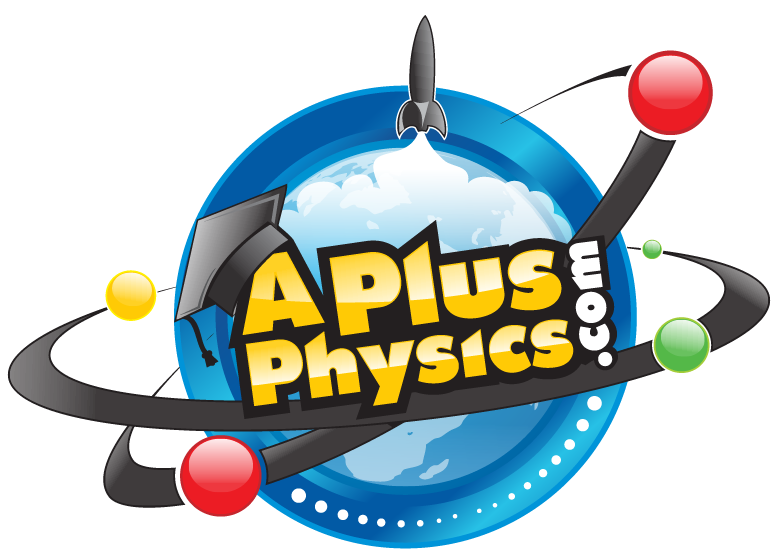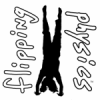Search the Community
Showing results for tags '2d'.
-
Name: 2D Conservation of Momentum Example using Air Hockey Discs Category: Momentum and Collisions Date Added: 2017-05-21 Submitter: Flipping Physics A 28.8 g yellow air hockey disc elastically strikes a 26.9 g stationary red air hockey disc. If the velocity of the yellow disc before the collision is 33.6 cm/s in the x direction and after the collision it is 10.7 cm/s at an angle 63.4° S of E, what is the velocity of the red disc after the collision? This is an AP Physics 1 topic. Want Lecture Notes? Content Times: 0:12 The problem 1:49 Breaking the initial velocity of disc 1 into its components 3:06 Conservation of momentum in the x-direction 5:24 Conservation of momentum in the y-direction 6:26 Solving for the final velocity of disc 2 using its components 8:40 Was this an elastic collision? 12:39 Movie Character Day! Multilingual? Please help translate Flipping Physics videos! Next Video: Introduction to Circular Motion and Arc Length Previous Video: Review of Mechanical Energy and Momentum Equations and When To Use Them! Please support me on Patreon! Thank you to my Quality Control help: Christopher Becke, Scott Carter and Jennifer Larsen "Nombre de los vientos". Licensed under Public domain via Wikimedia Commons - 2D Conservation of Momentum Example using Air Hockey Discs
-
- kinetic energy
- elastic
-
(and 7 more)
Tagged with:
-
Name: Relative Motion Problem: Solving for the angle of the moving object Category: Kinematics Date Added: 07 October 2014 - 03:02 PM Submitter: Flipping Physics Short Description: None Provided It is not obvious in all relative motion problems how to draw the vector diagrams. Sometimes the velocity of the object with respect to the Earth is not the hypotenuse of the velocity vector addition triangle. Here we address how to handle a problem like that. Content Times: 0:15 Reading the problem 0:40 Translating the problem 1:52 Visualizing the problem 2:17 Drawing the vector diagram 3:33 Rearranging the vector equation 4:40 Redrawing the vector diagram 5:30 The Earth subscript drops out of the equation 5:51 Solving part (a): solving for theta 6:40 Solving part (b ): solving for the speed of the car relative to the Earth 7:48 Understanding the answer to part (b ) Want View Video
-
Name: An Introductory Relative Motion Problem with Vector Components Category: Kinematics Date Added: 02 October 2014 - 09:52 AM Submitter: Flipping Physics Short Description: None Provided This relative motion problem addresses how to deal with vectors that do not form right triangles. Content Times: 0:15 Reading the problem 0:32 Translating the problem 1:29 Visualizing the problem 2:30 Drawing the vector diagram 2:57 Haven’t we already done this problem? 3:31 How NOT to solve the problem 4:06 How to solve the problem using component vectors 4:40 Finding component vectors 5:58 Redrawing the vector diagram 6:20 Finding the magnitude of the resultant vector 8:02 Finding the direction of the resultant vector 9:15 Showing the resultant vector angle Want View Video
Terms of Use
The pages of APlusPhysics.com, Physics in Action podcasts, and other online media at this site are made available as a service to physics students, instructors, and others. Their use is encouraged and is free of charge. Teachers who wish to use materials either in a classroom demonstration format or as part of an interactive activity/lesson are granted permission (and encouraged) to do so. Linking to information on this site is allowed and encouraged, but content from APlusPhysics may not be made available elsewhere on the Internet without the author's written permission.
Copyright Notice
APlusPhysics.com, Silly Beagle Productions and Physics In Action materials are copyright protected and the author restricts their use to online usage through a live internet connection. Any downloading of files to other storage devices (hard drives, web servers, school servers, CDs, etc.) with the exception of Physics In Action podcast episodes is prohibited. The use of images, text and animations in other projects (including non-profit endeavors) is also prohibited. Requests for permission to use such material on other projects may be submitted in writing to info@aplusphysics.com. Licensing of the content of APlusPhysics.com for other uses may be considered in the future.

